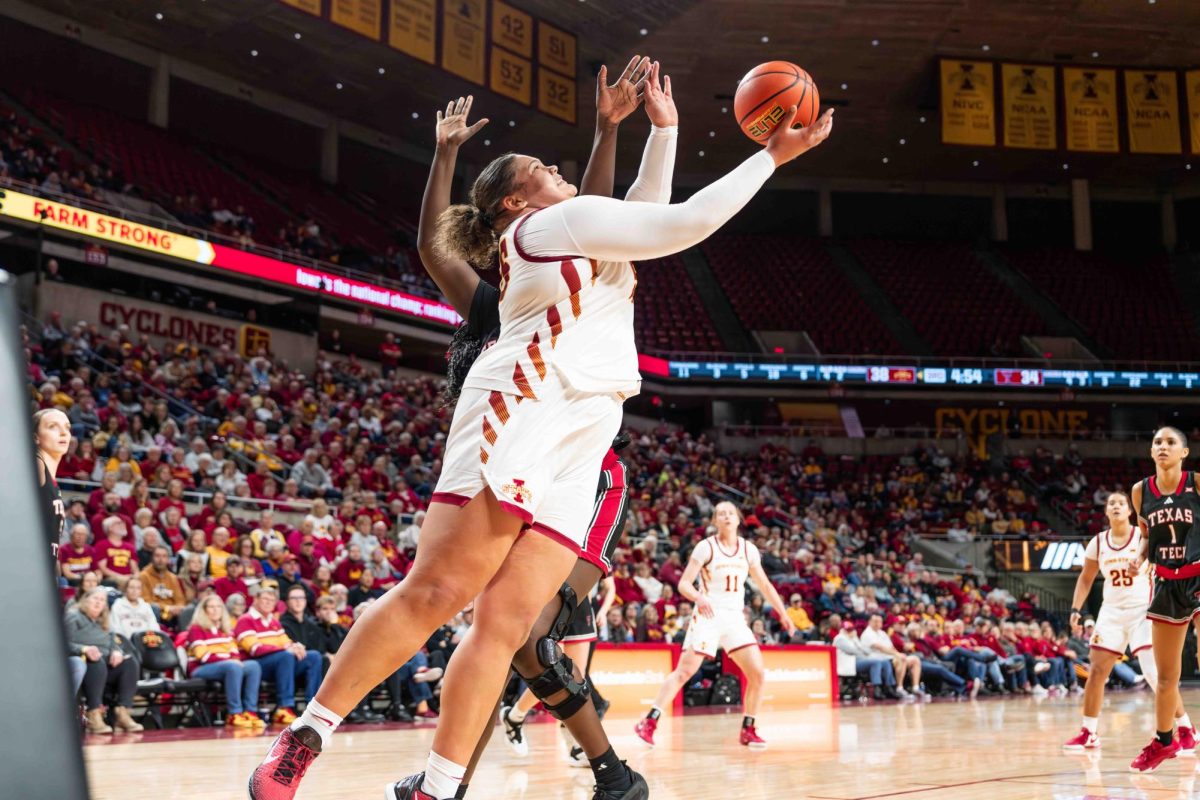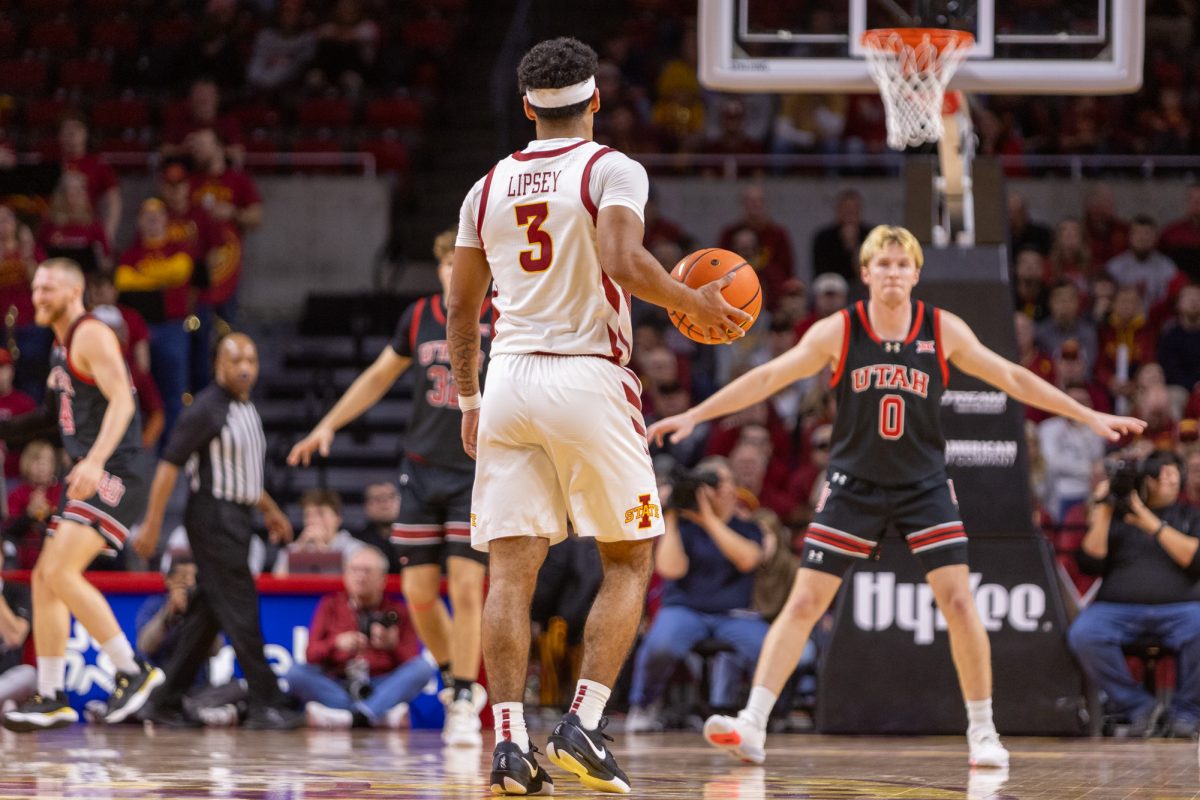Rodeo events
September 27, 2006
Rodeos aren’t all bucking broncos and rodeo clowns. Here are some of the major events during a typical rodeo:
bareback riding – The rider must stay on for eight seconds and start the ride with both feet over the break of the horse’s shoulders, which gives the horse the advantage. The cowboy must grasp the rigging – a leather and rawhide handhold – with one hand throughout the ride.
A rider is disqualified if the free hand touches the rider’s body, the horse or the equipment.
barrel racing – This is a timed event on horseback requiring the rider to perform a cloverleaf pattern around three barrels. Barrel racing is usually done by women on quarter horses.
bull riding – The rider must stay on for eight seconds. A rider is disqualified if the free hand touches the rider’s body, the bull or the equipment.
One of the great dangers of bull riding is that when the rider is thrown, the bull will often spin toward the rider and attempt to trample him or her. The rodeo clowns jump in to distract the bull and save the cowboy or cowgirl.
bullfighting – This event has nothing whatsoever in common with Spanish bullfighting. In rodeo bullfighting, unarmed rodeo clowns spend 40 seconds in the arena with a bull, attempting to control his moves without being caught.
calf roping – The calf is given a head start and then the contestant must catch up on horseback, rope the calf, get off the horse, lay the calf on its side and tie three legs together with the “pigging string” the rider carries in his or her teeth.
The cowboy or cowgirl must then get back on his or her horse and let the rope go slack. If the calf gets free within six seconds, the rider gets a “no-time.”
saddle bronc riding – The rider must stay on for eight seconds, and start the ride with both feet over the horse’s shoulders to give the horse the advantage. A rider is disqualified if the free hand touches the rider’s body, the horse or equipment, if he or she drops the bronc rein or if either foot slips out of the stirrup.
steer roping – Unlike team roping, steer roping is done with a single contestant, who must rope the protected and reinforced horns of the steer and then loop the slack rope over the animal’s hip to bring it to the ground.
This event is based on the procedure used on a ranch in the Old West to capture an animal in need of medical attention.
steer wrestling – The steer is given a head start and the steer wrestler – or “bulldogger” – rides to catch up. Another cowboy, called a hazer, rides on the other side of the steer to keep it going in a straight line. The contestant jumps off the horse, grabs the running steer by the horns, brings it to a stop and then lays it on the ground with all four feet pointing in the same direction.
team penning – 30 head of cattle are turned loose, each carrying a number from one to 10. The team of three cowboys rides toward the herd, and the announcer calls out a number. The team must separate out the three head carrying that number from the herd, and drive them into a pen on the other side of the arena.
team roping – The steer is given a head start, and two cowboys ride to catch up. The first cowboy, called the “header,” ropes the steer’s horns or neck and turns it 90 degrees, making an L pattern.
The second roper, called the “heeler,” then ropes both back legs. The run is completed when both cowboys have turned their horses to face the steer and taken the slack out of their ropes.
wild cow milking – This is usually run as a fun event for locals – not a big prize-money event. The contestant rides after the heifer and ropes her. A second cowboy, known as a “mugger,” then runs out and grabs the cow. Once the mugger has control of her, the contestant jumps off the horse, runs out to the cow and milks her into a beer bottle.
wild horse race – A team of three cowboys attempt to saddle a wild horse so that one of them can ride over the finish line with it. The “anchor” holds on to the rope when the chute opens, to try and stop the horse. The “mugger” then grabs the halter and holds the horse’s head while the rider puts on the saddle.
– Compiled from Captioning Central






